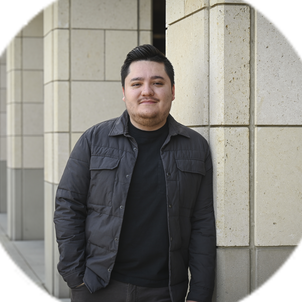I’ve spent a lot of time thinking about this question. As a child, I was a “late-talker” and remember many instances when I struggled to find the words I needed to fully express myself. Communicating my ideas across languages and now across academic disciplines is something that has always challenged me personally and professionally.
My desire to improve my own abilities to communicate and possibly to help others do the same is a large part of what led me to become involved in research to develop non-living materials that mimic living brain tissue. I started doing this work in my postdoctoral training in the lab of Professor Charles Lieber at Harvard University. The specific question I focused on there, and now at Stanford, is, “Can we make an electronic circuit that is as delicate as brain tissue?”
Currently, electronic brain implants are large and rigid. When implanted, they cause damage and provoke the development of scar tissue. This ultimately diminishes an implant’s ability to perform. In my work as a materials scientist, I’ve developed an incredibly small and soft mesh electronic neural probe. Counter to current electronic implants, it’s the size of an individual neuron and has the same stiffness (or flexibility). When implanted, the brain doesn’t reject this material as an invader, it actually incorporates the material as part of the nervous system. Any time a nearby neuron fires, the electrodes in the mesh probe record it. The potential this opens up to collect new information about the inner workings of the brain is promising.
More research is needed to advance this technology, but I think this material is setting the foundation for incredibly impactful new understandings that could improve the treatment of neurodegenerative disease, augment human cognition and enable people to more effectively share the richness of the ideas in their minds.
Related spotlights

Adrienne Propp

Lara Weed

